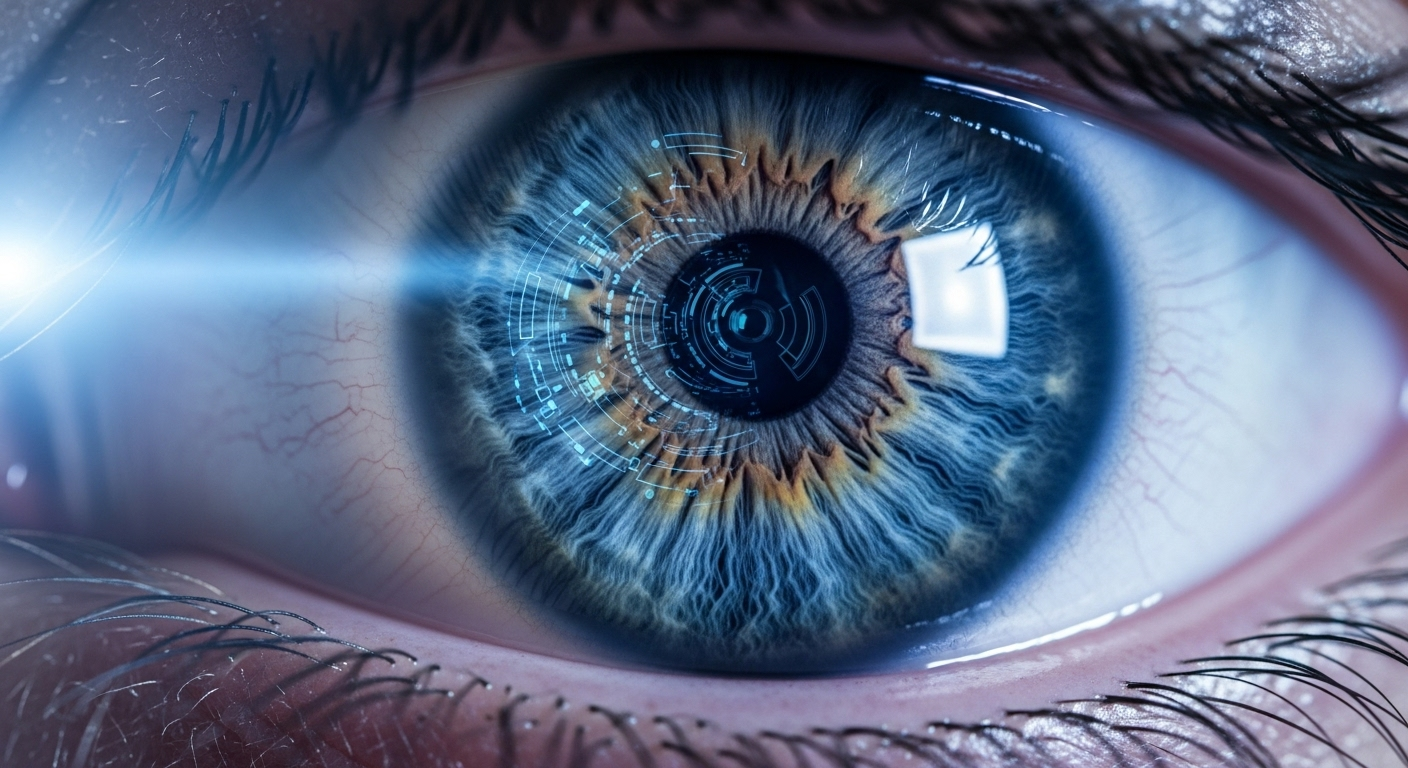Breaking Down the Hype: A Closer Look at Iris Recognition Technology
The fast-paced world of technology is always filled with exciting innovations and breakthroughs. Among the myriad of technologies that have caught the global attention in recent years, iris recognition technology stands out. This technology, while not entirely new, has been receiving increased interest due to its potential in various applications, particularly in security and identity verification.

The Genesis of Iris Recognition Technology
Eye-based recognition systems are not entirely a novelty. Retina scanning, for instance, has been around for a while. However, the concept of iris recognition, which focuses on the unique patterns of the iris, was first introduced in the 1980s. The brainchild of ophthalmologist Frank Burch, iris recognition technology was further developed in the 1990s by John Daugman, a professor at the University of Cambridge.
Daugman developed a computer algorithm that could identify individuals by analyzing the unique patterns of their irises. The technology offered a new level of accuracy that far surpassed previous biometric identification methods such as fingerprint scanning and facial recognition.
Iris Recognition Technology: The Present Scenario
In recent years, iris recognition technology has seen a significant surge in interest and application. This is largely due to rising security concerns and the need for more accurate identity verification methods. From airports to corporate offices, this technology is being incorporated into security systems to provide a foolproof method of identification.
What sets iris recognition apart is its unparalleled accuracy. Each individual’s iris pattern is unique and remains unchanged throughout life, making it an excellent biometric identifier. Additionally, the iris is an internal organ that is well-protected, reducing the risk of damage or alteration.
Market Impact & Estimated Price Range
The global iris recognition market is expected to grow exponentially in the coming years. According to market research, the sector is projected to reach $4.3 billion by 2025, growing at a CAGR of 13.2% from 2020 to 2025. The high accuracy rate, coupled with the rising demand for advanced security systems, is propelling this growth.
The cost of implementing iris recognition technology varies widely depending on the scale of application. For individual use, such as unlocking a smartphone, the technology is already embedded in the device and comes at no additional cost. However, for large-scale applications like airport security systems, the cost can run into millions of dollars.
The Road Ahead: Future of Iris Recognition Technology
With rapid advancements in technology, the application of iris recognition is expected to broaden. In the future, we could see this technology being integrated into everyday devices, such as laptops, tablets, and smart home systems, making our lives more secure and convenient.
Despite its promises, however, iris recognition technology still faces significant challenges. Concerns regarding privacy and the potential misuse of biometric data are among the major roadblocks. Additionally, the technology’s accuracy can be affected by certain factors, such as poor lighting or the presence of glasses or contact lenses.
In conclusion, iris recognition technology holds the potential to revolutionize security systems and identity verification processes. While it is not without its challenges, the technology’s unique advantages make it a promising area of development in the tech world. As we continue to navigate the digital age, it will be exciting to see what the future holds for iris recognition technology.




